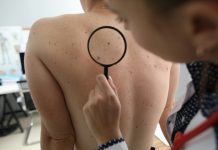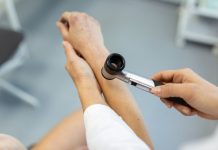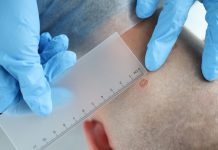
Summer is coming, and you may have more outdoor activities to enjoy the beautiful weather and bright sunshine.
While going outside is great for your health and make you feel happier, you could also place yourself at more risk of over-exposure and cumulative toxic effects of the sunshine.
These can increase the risk of skin cancer, and you need to do several things to prevent that from happening.
First and for most, you need to use broad-spectrum UVA and UVB sun-protector.
Researchers find that UVA and UVB rays can penetrate the deep and outer layers of the skin. This will lead to wrinkles, leathering, and signs of photo-aging.
When you go out, you should use a sunscreen with a sun protection factor (SPF) of 30 or higher. This can help block 97% of UVB. A sunscreen with a SPF of 50 can block 98% of UVB.
You also need to avoid sunburns and tanning beds.
Sunburns can cause long-term damage from UV rays. When you spend time in the sun, you can set a timer to track the time. This can help you avoid spending too much time in the sunshine.
Although tanning skin looks healthy and gorgeous, tanning beds can harm your health by giving out UVA and UVB rays.
Recent research shows that for people who use a tanning bed before age 35, the skin cancer risk can increase 75%.
Before you go out, make a good preparation.
For example, if you will take a road trip, walking or hiking, you may consider a travel kit that contains a small bottle of sunscreen, warp-around sunglasses, and a hat.
These things can effectively protect your scalp, eyes, face and neck from the strong sunshine.
In addition, try to do outdoor activities when he UV rays are not the strongest. If you have to go out during the time, try to stay in the shade as much as you can.
To detect signs of sun-related skin problems, you should try to Learn to perform self-skin exams. When you do it, you can use the ABCDE method of mole/spot skin:
A=asymmetry, B=border – irregular; C=color – not uniform, D=diameter – greater than 6mm, E=evolving – change in size, shape or elevation.
You can also make a schedule for dermatology exams. Regular dermatology exams can help with early recognition of skin cancer.
Copyright © 2018 Knowridge Science Report. All rights reserved.



